Although the area is not large, Co To has an important strategic position, being an outpost protecting the sacred Northeast sea and islands of the Fatherland. The origin of the place name Co To is probably also associated with this special location.

Co To is not an island but an archipelago, including several named islands, such as: Big Co To Island, Small Co To Island, Thanh Lan, Sam Chau, Vang Chau, Ly Nhu, Chin San, Ma Chau, Chan Island or also known as Tran Island. According to the books "Dai Nam Thuc Luc", "Kham Dinh Dai Nam Hoi Dien Su Le", "Quoc Trieu Chinh Bien Toat Yeu", "Cac Tong, Xa, Phu, Huyen, Chau at the End of the 19th Century" and Nam Phong Magazine, before 1889, the name Co To had not appeared in history books.
Previously, Co To was called Chang Son (Chang Mountain). According to the book "Imperial Annals of Dai Nam", the Chang Son sea area from the reign of King Gia Long to King Minh Mang was often plundered by foreign pirates. At times, they gathered up to 60 boats, with weapons in the boats. When they saw Vietnamese boats, they immediately took action to rob and kill people. In 1832, Nguyen Cong Tru, as Governor of Hai An (including Hai Duong and An Quang), asked the court to establish a village, appoint a manager and change the name to Huong Hoa. Not long after, the Nguyen Dynasty collected taxes and established Huong Hoa garrison to guard against pirates.
In August of the year of Nham Tuat (1834), King Minh Mang issued an edict "Must send troops to Chang Son, the enemy's lair". From that assessment, the court increased weapons, established more forts and battalion (a battalion is an armed unit of the army with a strength of 100 soldiers). Regarding forces, the Nguyen king ordered the construction of 4 forts in Vung village (now Ngoc Vung), Cat Hai, Vinh Thuc and Chang Son. Quang Yen province also recruited more soldiers to establish patrol teams, including patrolling and protecting Chang Son.
In July of the year Mau Tuat (1838), Governor Nguyen Cong Tru personally led soldiers to Chang Son to suppress the pirates. After the battle, King Minh Mang rewarded them. Afterwards, Nguyen Cong Tru continued to recruit 180 soldiers and civilians to establish Huong Hoa village. In August of the year Canh Ty (1840), the king issued an edict that Chang Son was quite a long sea route with unusual waves and winds. Every year from January to July, Quang Yen province had to send soldiers to patrol the sea. Quang Yen province had to send people and boats to Chang Son once a month. Based on Nguyen Cong Tru's report "Huong Hoa has a large land area and few people", in March of the year Tan Suu (1841), the court established Bao Chang Son. 140 soldiers were recruited on the island to both guard the sea and produce for a living.

The place names Chang Son or Huong Hoa are no longer used, replaced by the place name Co To. In the book "Chinese - Vietnamese - French Dictionary" printed by Trung Hoa Thien Ban bookstore in 1931, on page 51, there is an annotation for the two words "'co'" and "to" as follows: "Co and To" have up to 6 meanings. Corresponding to each meaning is a type of Chinese character, in which the word "co" means belt, the word "to" means quiet. Thus, it can be understood that Co To is a peaceful island belt consisting of many islands, almost the outermost in the island system of the Gulf of Tonkin like a national fence. Co To is a solid, immovable island belt.
During the French colonial period, Co To was a commune in 5 communes of Ha Coi district, Hai Dong district, Hai Ninh province. When Japan staged a coup, France returned to occupy Co To island. In September 1946, Ky Con Company brought troops from Hon Gai using the newly captured French Navy warship Le Creyac to attack Co To fort. By the end of 1955, the French army withdrew from Co To. After that, for a time, Co To was a commune of Mong Cai district, then a special commune under Quang Ninh province. Since 1964, the commune has been merged into Cam Pha district. In 1994, the Government changed the name of Cam Pha district to Van Don district and at the same time separated the Co To archipelago to establish Co To island district. The place name Co To has been kept intact until now.
Source







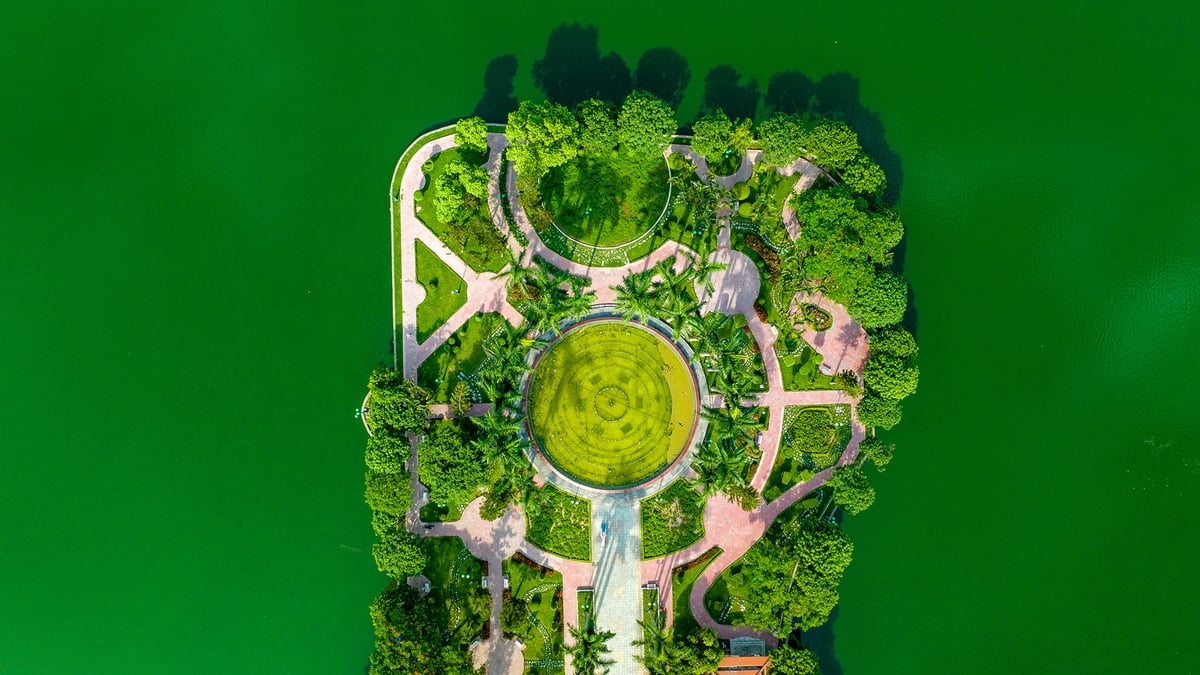



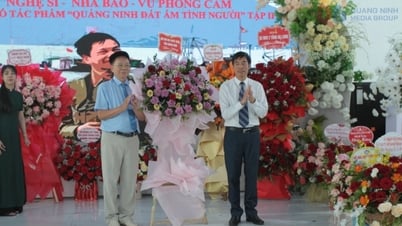





























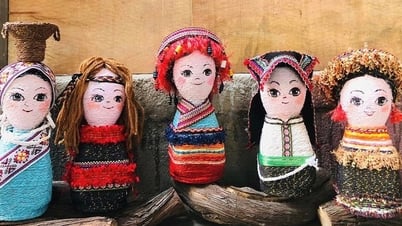





![[Maritime News] Wan Hai Lines invests $150 million to buy 48,000 containers](https://vphoto.vietnam.vn/thumb/402x226/vietnam/resource/IMAGE/2025/6/20/c945a62aff624b4bb5c25e67e9bcc1cb)









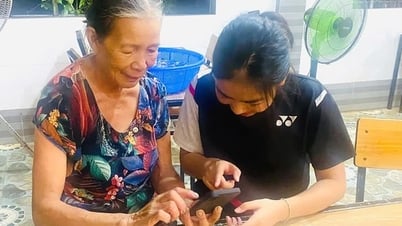




![[Infographic] Party Committee of the Ministry of Culture, Sports and Tourism: Marks of the 2020 - 2025 term](https://vphoto.vietnam.vn/thumb/402x226/vietnam/resource/IMAGE/2025/6/22/058c9f95a9a54fcab13153cddc34435e)



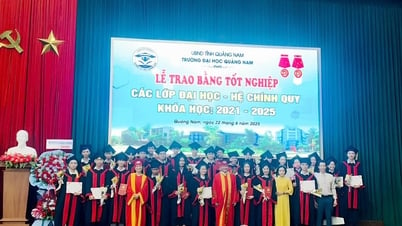




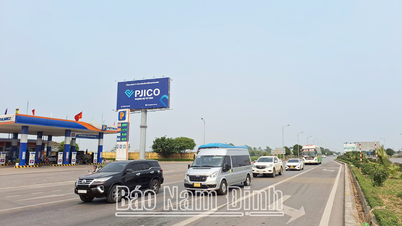














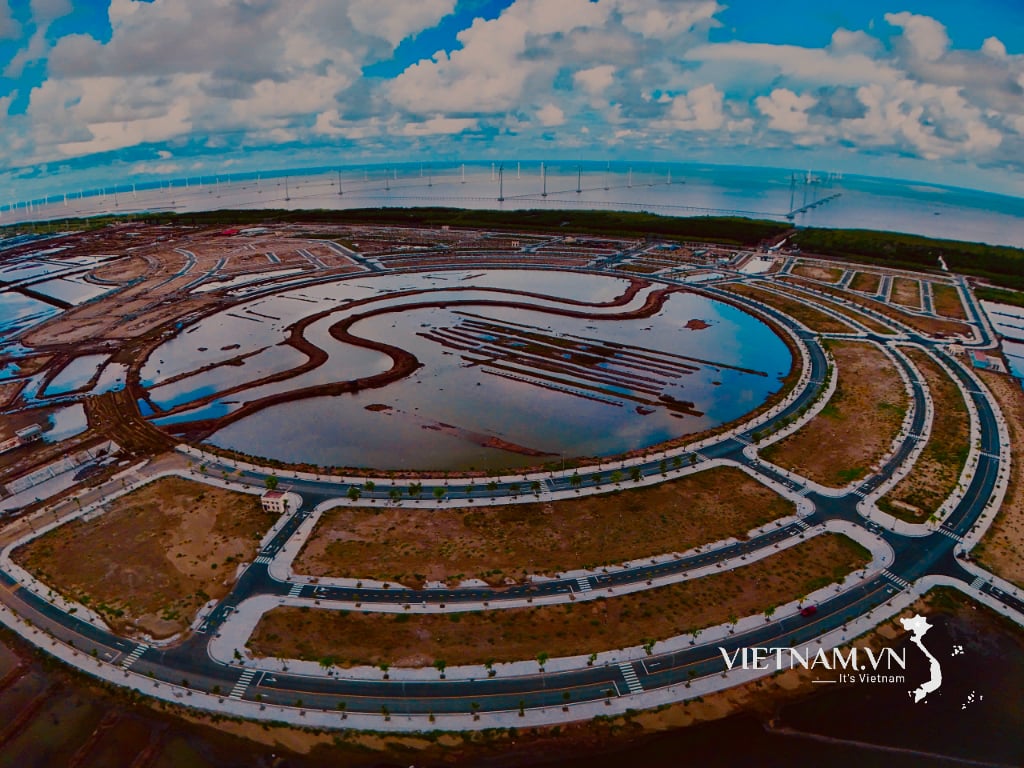
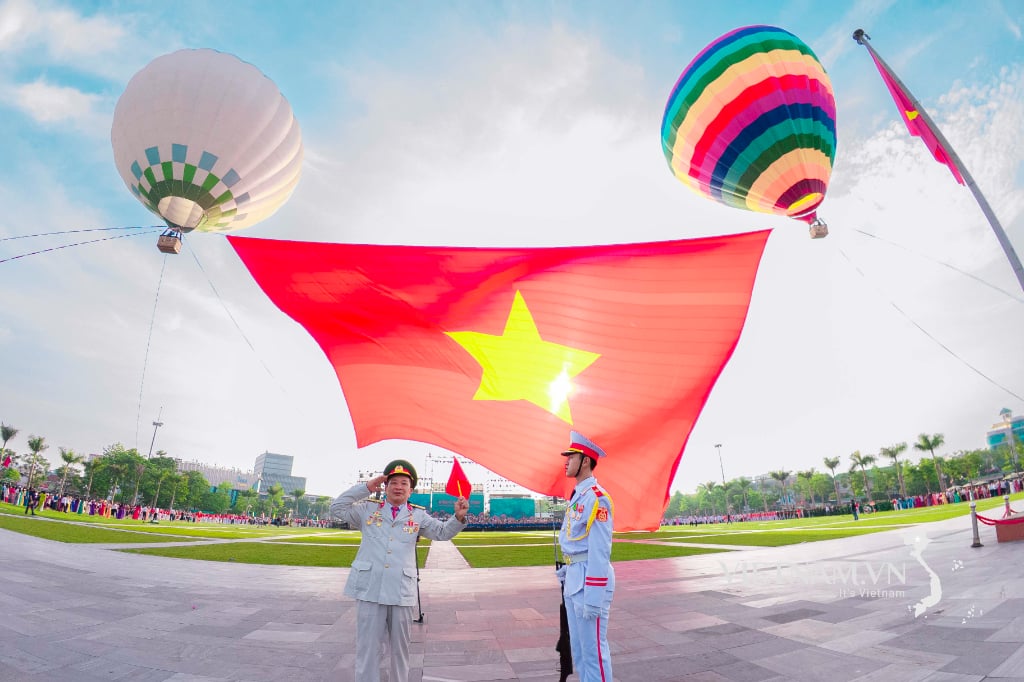
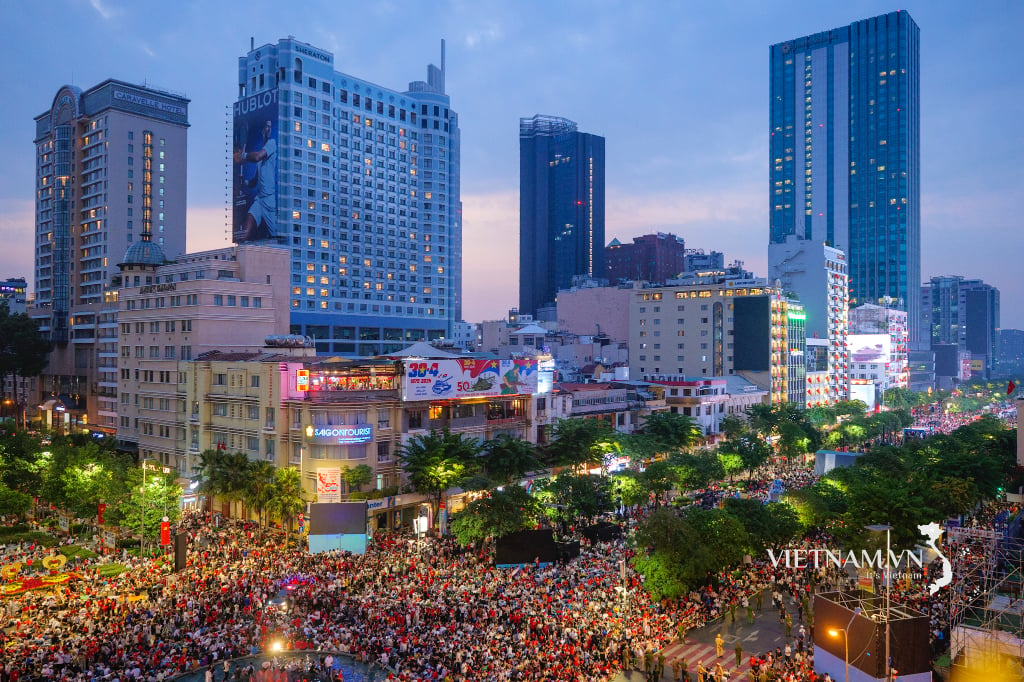

Comment (0)